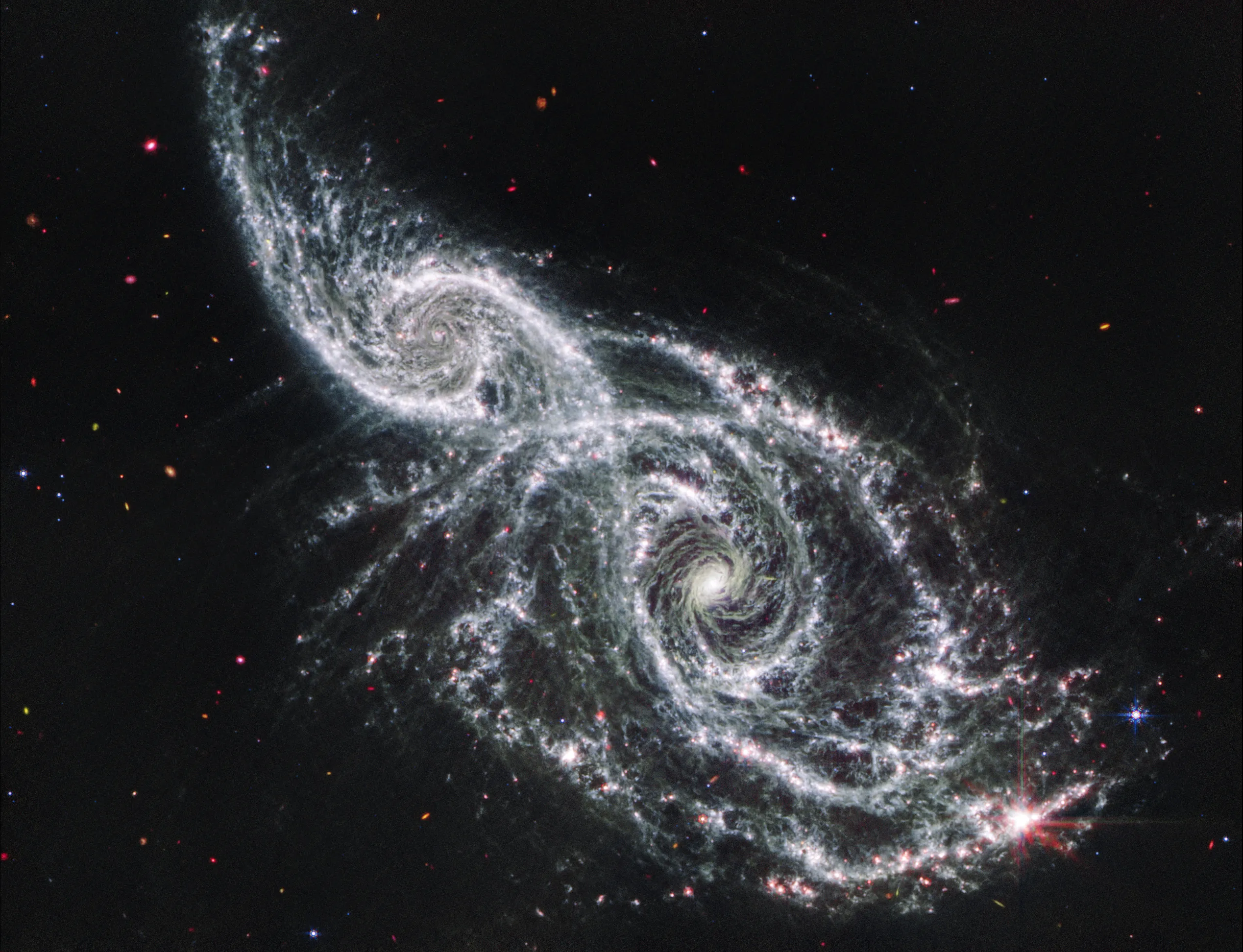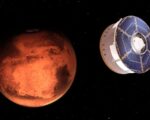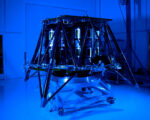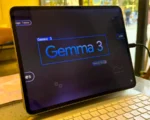NASA’s Hubble Space Telescope and the James Webb Space Telescope (JWST) have recently provided a breathtaking view of two merging galaxies, IC 2163 and NGC 2207, located in the Canis Major constellation, about 80 million light-years from Earth. These spiral galaxies are in the process of colliding and merging, a cosmic event that will take roughly a billion years to complete. The image, which has been released just in time for Halloween, has sparked excitement among astronomers and the public alike due to the galaxies’ eerie appearance, with scientists describing them as having a “blood-soaked” or “blood-red eye” look. This captivating view offers a glimpse into a dramatic transformation occurring far beyond our solar system.
The combined capabilities of the Hubble and Webb telescopes have allowed scientists to observe this galactic collision from different perspectives. Hubble’s visible and ultraviolet light sensors capture the intricate spiral arms of the galaxies, glowing in hues of blue, while their dense central cores emit a vivid orange. Meanwhile, JWST’s mid-infrared imagery provides a more ethereal view, highlighting the swirling gas and dust with ghostly white hues. This contrast between the two telescopes’ observations offers valuable insights into the complex interactions between the galaxies, particularly the turbulence caused by their gravitational forces and the burst of new star formation happening in the collision zone.
Over the course of their slow merger, IC 2163 and NGC 2207 are rapidly producing new stars, with an estimated 24 solar-sized stars being born each year. This rate of star formation is considerably higher than what we observe in our own Milky Way galaxy, which produces roughly one new star every year. The interaction between the two galaxies has also led to a strikingly high frequency of supernovae, with at least seven observed over recent decades. This is much higher than the one supernova every 50 years observed in the Milky Way. This heightened stellar activity provides a dynamic and volatile environment, as the galaxies continue their long, drawn-out collision.
IC 2163 and NGC 2207 first began their cosmic dance around 40 million years ago, and over time, their orbits have brought them into closer proximity, setting the stage for the ongoing merger. While this process will unfold over billions of years, the current observations show a galaxy pair that is already undergoing intense transformation. The Hubble and Webb telescopes’ joint observations offer a rare and detailed look into the chaotic yet beautiful forces that shape the evolution of galaxies and star systems. These images not only deepen our understanding of galactic collisions but also underscore the incredible power of modern space telescopes in unraveling the mysteries of the universe


















